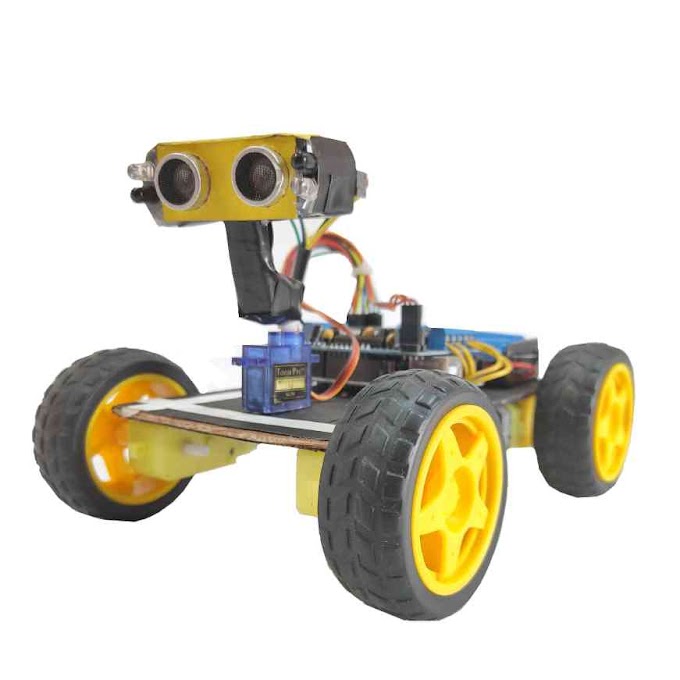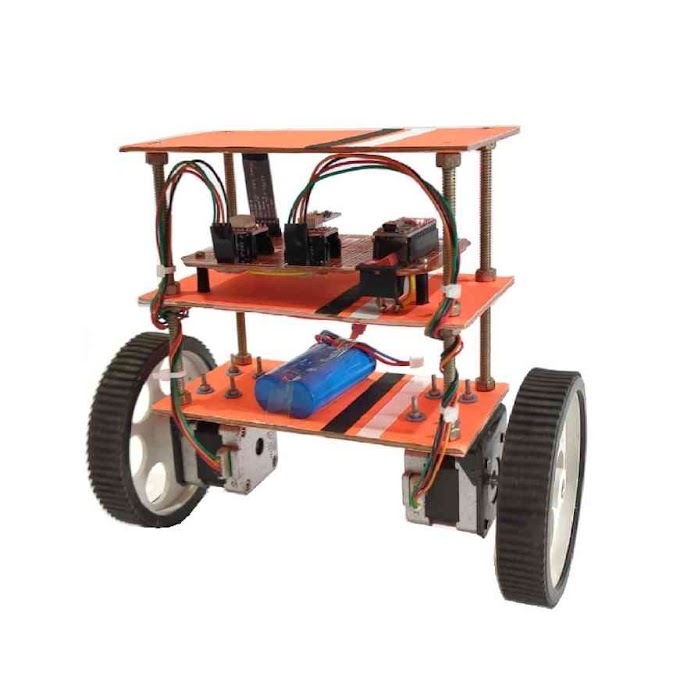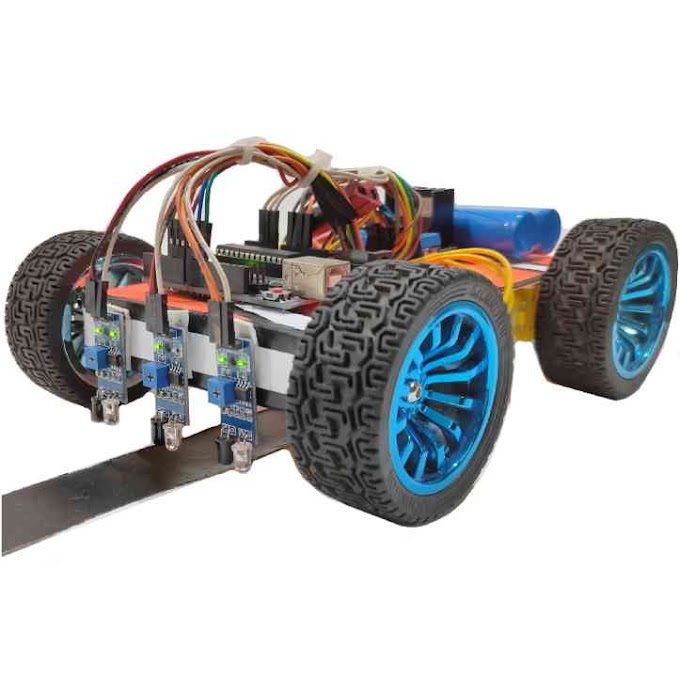Hello everyone! Welcome back to My Tech Studio. Today we will discuss about an Arduino based 3D Printer. So let's get started. A 3D printer can be controlled by an Arduino microcontroller board. In a 3D printer using Arduino, the Arduino board is responsible for controlling the movements of the printer's various components, such as the extruder, the print bed, and the linear motion systems. The Arduino board communicates with other electronics components such as stepper motor drivers, temperature sensors, and end stops, to control the printer's movements.
By using an Arduino microcontroller board in a 3D printer, makers and DIY enthusiasts have more control over the printer's functionality, allowing them to customize and modify the printer to suit their specific needs. Additionally, using an open-source platform like Arduino means that users have access to a vast community of developers and resources that can help them troubleshoot issues and optimize their 3D printing experience.
By using an Arduino microcontroller board in a 3D printer, makers and DIY enthusiasts have more control over the printer's functionality, allowing them to customize and modify the printer to suit their specific needs. Additionally, using an open-source platform like Arduino means that users have access to a vast community of developers and resources that can help them troubleshoot issues and optimize their 3D printing experience.
Materials:
- Arduino Mega 2560
- RAMPS 1.4 control board
- Stepper motor drivers (A4988 or DRV8825)
- Stepper motors
- Heated bed
- Hotend
- 3D printer frame and components (such as linear rails, belts, pulleys, and bearings)
- Power supply
- 3D printing software (such as Repetier-Host or Pronterface)
How to make 3D printer using Arduino:
Making a 3D printer using Arduino is a challenging but rewarding project that requires both programming and hardware skills. Here are the general steps involved in making a 3D printer using Arduino -
1. Assemble the mechanical components:
You will need to assemble the frame, linear motion components (e.g., linear rails, bearings, and rods), belts, pulleys, and extruder assembly. You can find many online resources and guides on how to assemble a 3D printer frame and mechanical components.
Install the Arduino board, motor drivers, and other electronics components such as the endstops, thermistors, and heated bed. You will also need to wire the electronics components according to the manufacturer's instructions.
You will need to install firmware on the Arduino board to control the printer. There are many open-source firmware options available, such as Marlin, Repetier, and Smoothieware. Choose a firmware that is compatible with your printer's components and upload it to the Arduino board.
After uploading the firmware, you will need to configure it for your specific printer setup. This involves setting up parameters such as bed size, extruder steps, and temperature settings.
5. Connect the printer to your computer:
Once the firmware is configured, you can connect your 3D printer to your computer using a USB cable.
You can now start printing 3D models using a slicer software that generates G-code instructions for the printer to follow. There are many free slicer software options available such as Cura, PrusaSlicer, and Slic3r.
Note: It's important to note that building a 3D printer requires advanced technical skills and knowledge of electronics, mechanics, and software. Ensure that you take proper safety precautions and follow all instructions carefully.
Note: It's important to note that building a 3D printer requires advanced technical skills and knowledge of electronics, mechanics, and software. Ensure that you take proper safety precautions and follow all instructions carefully.















